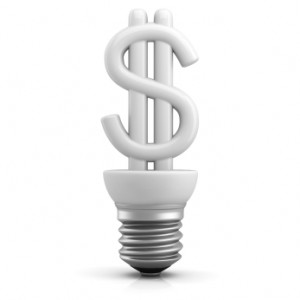Last week, we looked at nuclear energy from the risk perspective, i.e., deaths per terawatt-hour compared to other energy generation technologies. Given the deadliness of coal (mining and air pollution), this perspective positions nuclear as a safe and rational choice for our energy mix. But what about nuclear’s financial cost?
 That alone is enough to table nuclear power indefinitely, suggests energy researcher Amory Lovins of the Rocky Mountain Institute in a new column. After nine harrowing paragraphs documenting nuclear’s physical risks comes the money passage, which begins:
That alone is enough to table nuclear power indefinitely, suggests energy researcher Amory Lovins of the Rocky Mountain Institute in a new column. After nine harrowing paragraphs documenting nuclear’s physical risks comes the money passage, which begins:
Each dollar spent on a new reactor buys about 2-10 times less carbon savings, 20-40 times more slowly, than spending that dollar on the cheaper, faster, safer solutions that make nuclear power unnecessary and uneconomic: efficient use of electricity, making heat and power together in factories or buildings (“cogeneration”), and renewable energy.
He makes a strong case to back this up, contrasting the flows of private and public money. (Spoiler: of 66 nuclear plants listed as under construction, “zero were free market purchases.”) Read the column here.